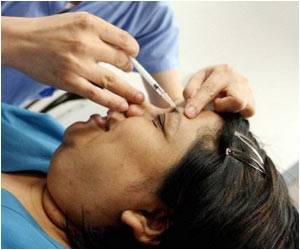Health monitoring sensor systems have been designed to keep track on the health of elderly people, an attempt to avoid hospitalization and relocation.
Many older adults want to remain active and independent for as long as possible. Now, researchers from University of Missouri suggest that installing health monitoring system can help keep check on the health of the elderly and ensure their privacy.
They insist that motion sensor networks installed in seniors’ homes can detect changes in behaviour and physical activity, including walking and sleeping patterns.And early identification of these changes can prompt health care interventions that can delay or prevent serious health events.
During the "aging in place" study, the research team installed integrated sensor networks in apartments of residents at TigerPlace, a retirement community that helps senior residents stay healthy and active to avoid hospitalization and relocation.
They collected data from motion and bed sensors that continuously logged information for more than two years.
The researchers identified patterns in the sensor data that can provide clues to predict adverse health events, including falls, emergency room visits and hospitalizations.
"The ’aging in place’ concept allows older adults to remain in the environment of their choice and receive supportive health services as needed. With this type of care, most people wouldn’t need to relocate to a nursing home," said Marilyn Rantz, professor in the MU Sinclair School of Nursing.
Advertisement
MU researchers are perfecting the technology infrastructure at TigerPlace as a model, so these technologies and supportive health care services can be made available to seniors throughout.
Advertisement
"Additional work is underway to establish these health alerts, improve the reliability and accuracy of the sensor network, implement a video sensor network, and refine a Web-based interface to make it even more user friendly and meaningful to health care providers," she added.
The study was presented at the 2008 International Conference on Smart homes and health Telematics.
Source-ANI
PRI/SK







